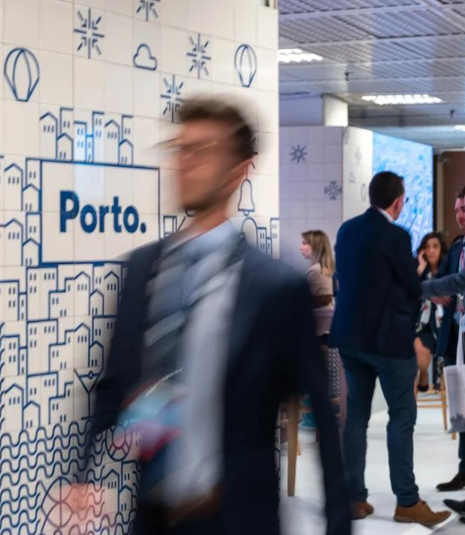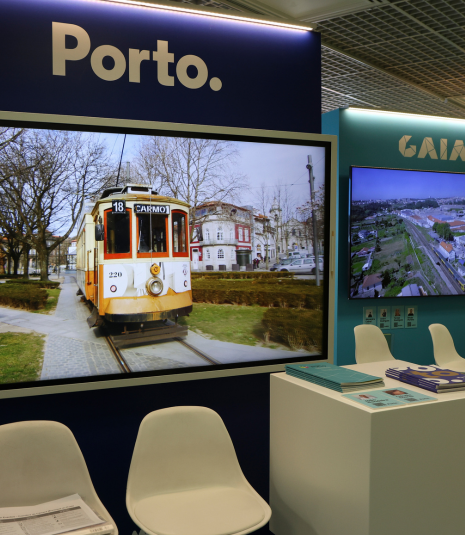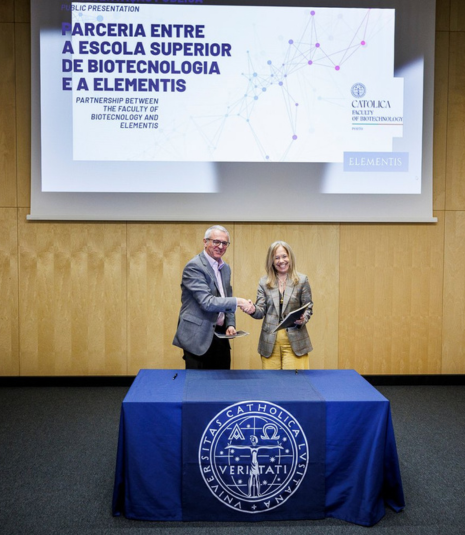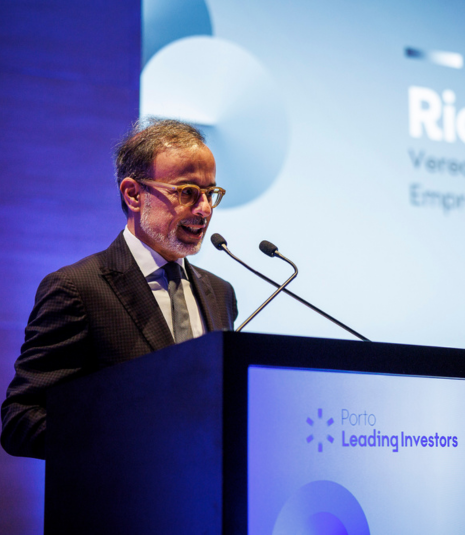The Consignment Agreement of the Former Slaughterhouse has been signed on 21st October
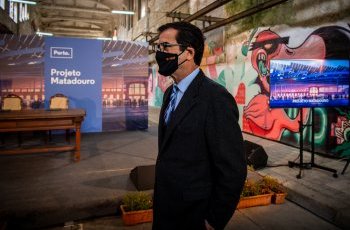
The ceremony of the signing of the Consignment Agreement of the former Slaughterhouse has been held on 21st October, and that day will stand as a landmark date for the city. The Mayor of Porto said it: "Today is a good day for Porto!".
The ceremony gathered Rui Moreira and Carlos Mota Santos, representing the Municipality of Porto and Mota Engil, respectively. The Prime Minister, António Costa, also attended the ceremony. The project of the Matadouro is estimated to start the works in September 2021 and the project conclusion deadline is two years from that moment. The investment of over 40 million euros is fully ensured by Mota Engil. When the 30-year licence grant ends, the equipment returns to municipal management.
"In 2016 we had the opportunity to present the project internationally, at the 21st Triennial of Arts, Design and Architecture, in Milan. This project has always had a strong social component", recalled the Mayor of Porto, during the ceremony, on 21st October. However, "after the launch of the tender, in 2017 and the allocation to the competitor Mota Engil in May 2018", the project saw several barriers, even after the public support displayed by the President of the Republic. "The epilogue for this situation only happened in April 2020, when the ex-ante visa was issued by the Court of Accounts", as confirmed by Mayor Rui Moreira.
The entire project was designed to preserve tradition and the historical heritage of the place. This vacant urban space will be converted to be part of the community again, as the project consists of a roof, which is meant to embrace the pre-existing coating by preserving it and designing a structure that springs over the VCI main road, by means of a pedestrian bridge, which will connect the Matadouro backgrounds to the western part of the Dragão Stadium.
The former Industrial Slaughterhouse will be converted into a business, cultural and social hub. The works will be performed by Mota-Engil and the project is by famous Japanese architect Kengo Kuma, The master mind behind the New National Stadium, in Tokyo, the Suntory Museum of Art, in Tokyo as well, a Bamboo Wall House, in China; the Louis Vuitton headquarters in Japan; the Besançon Art Centre, in France; and one of the most exquisite Caribbean spas for Mandarin Oriental Dellis Cay. The Japanese architect will work with the Portuguese by Ooda studio.
With the work of the former Slaughterhouse, the eastern part of Porto will provide a significant area for companies to settle in, as well as art galleries, museums, auditoriums and social cohesion spaces, which will be a boost not only for the city of Porto but for the entire Northern Region.
And the words that really matter are those of the man who envisioned this endeavour in 2013, Mayor of Porto, Rui Moreira:
"Today is a good day for Porto. It is the day that we have just signed the Consignment Agreement of this space, which will enable its rehabilitation for something that has long been imagined and envisioned. In 2013, in my candidature for Mayor of Porto, I put forward the idea of reconverting the Industrial Matadouro of Porto as a guiding line to tackle the segregation of this territory.
The President of the Republic said this two years ago, in this very same place, that this is a project that is easy to support because it is a cross-cutting project, that brings together all political forces because it is a multidimensional project; because it has culture, economy and social cohesion, and this does not happen a lot, because the strength of a Municipality is in its social cohesion, which includes its territorial cohesion, I will add. The Project of the Slaughterhouse [Matadouro] substantiates the strategic thinking that presides the rehabilitation of an area made by people, for the people. A cross-cutting project that will solve ancient gaps.
The main purpose of the building is to erect a piece of multidisciplinary equipment, of a metropolitan dimension, that draws on the potential of the place, related to space availability, the easy access and its proximity to the centre of Porto and to large urban equipment like the Dragão Stadium or the Intermodal Terminal of Campanhã that is about to be concluded.
The Rua do Porto will be born here, where the population can easily access the means of transportation of the Dragão Terminal, by means of a bridge, or simply strolling through businesses, social, cultural and art galleries and ateliers or traditional trades. In an area of circa 26 thousand square meters, the partnership that we have established will enable to maintain circa 20 thousand five hundred square metres, of which 12 thousand and 5 hundred are meant for business spaces, and almost eight thousand to be explored by the Municipality.
The space that will be run by the Municipality, there will be several valences, with 1thousand and 7 hundred square metres meant to host artwork, and an extension of the Municipal Gallery, to which we have reserved more than 500 hundred square metres, and another 1.800 square metres for the installation of an extension of the Museu da Cidade".
The Municipal Slaughterhouse was inaugurated in 1910, but it has been abandoned for over two decades and from now on its lights will be turned on again. Rui Moreira and his team, alongside developers, did not forget to bring human activity and liveliness to a long-forgotten place in the western part of the city of Porto.
The future started already!

